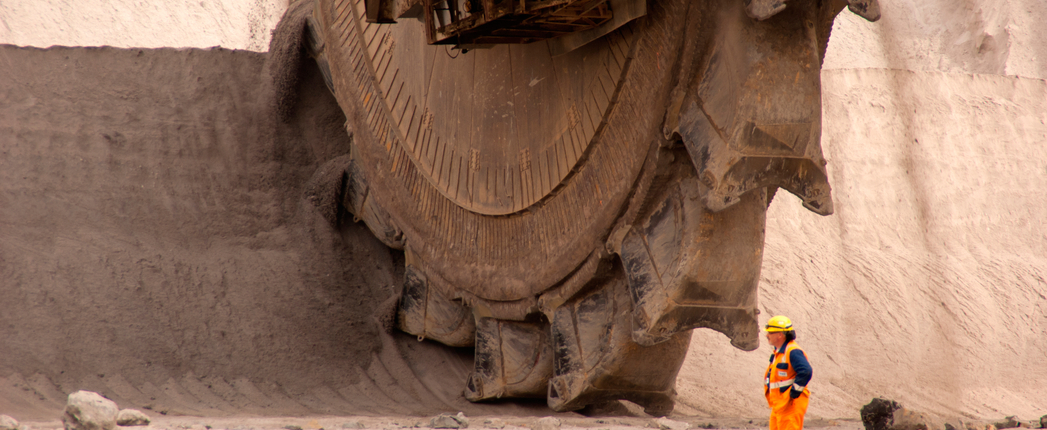
The lubricant industry bounced back from the COVID-19 pandemic by the end of 2020, as demand recovered to pre-outbreak levels after sagging as much as 30% to 50% during March and April, but the crisis still depressed the industry’s growth outlook, according to Kline & Co. consultancy.
While demand recovered, the pandemic caused several ripple effects in the refining industry, including low fuel demand and shortages in base oil supplies. With second and in some areas subsequent waves of the pandemic, quarantine orders were extended well into 2021, passenger car transportation remained weak in big European countries, like Spain, France, Germany and the United Kingdom.
“In Europe, fuel demand remains severely impacted, and total petrochemical products consumption in 2020 stayed low throughout the year and into 2021,” Konstantin Melnichuk, Kline’s manager for energy practice, told GBC’s CIS Base Oils and Lubricants conference held in hybrid format – both online and in person – in Moscow last week. Melnichuk is based in Kline’s London office.
The consultancy found that the impact of the pandemic varied by industrial sector. The most severe blows were felt in manufacturing of automobiles and components, as well as the refining, base metals, construction, textiles, coal mining and aviation industries.
“Higher impact means longer rebound,” Melnichuk said. “The refining segment was badly impacted by lower demand for road fuels and disappearance of the aviation kerosene market. Crude oil price volatility added to the impact.”
He added that “aviation was significantly impacted driven by the civil segment while commercial aviation was more resilient. Base metals were impacted driven by lower demand from key applications, such as construction and automotive.”
On the other hand, such essential segments as power generation, commercial transportation, agriculture, food, chemicals, precious metals mining and paper production exhibited higher resilience, Kline said.
For example, power and other utilities were more resilient because the decline in industrial demand was partly offset by increased residential demand, Melnichuk said.
“Commercial transportation was less impacted with the significance of its share in transporting essential goods,” he said. “Coal mining was more impacted while other types of mining, such as silver, were strong. Other resilient sectors include food, paper and chemicals.”
After initial lockdowns in March and April 2020, when businesses reopened, “lubricant demand bounced back,” Melnichuk said. “Unlike in other recession-driven market declines, demand seemed to come back up quicker in the third and fourth quarters of 2020.”
While lube demand recovered, fuel demand remained severely impacted. The consultancy found that demand for petrochemical products declined more than 20% in the United Kingdom last year, a bit less than 20% in Spain,by 17% in the U.S. and about 15% in Italy and France.
The decline in oil product demand caused ripple effects in the refining industry. Kline estimated that the utilization rates of the refineries in Europe and the U.S. went down significantly, reducing their cash margins. On the other hand, as refineries operated at lower rates, their feed to base oil plants remained restricted, causing base oil market shortages and increases in base oil prices at the end of 2020.
“The base oil prices haven’t recovered yet,” Melnichuk said.
While American and European refinery utilization dropped significantly in April 2020, it was not the case with the Asian refineries, whose utilization rates in the same month declined insignificantly and bounced back to the pre-pandemic level at the end of 2020.
Melnichuk said the situation is very dynamic and that key questions remain about post-COVID oil consumption. He expects even more pressure on API Group I base oil plants as they are more closely linked with crude refineries.
How long will the current market imbalance last? “If the societal changes the [pandemic] may bring about will eventually result in continued lower levels of oil consumption, refinery margins will be challenged and the specter of continuing closures looms,” he said. “Some of those closures will take base oil plants with them, but not all, and so the tug-of-war for access to vacuum gas oil between base oil plants and their parent refineries is likely to continue. Under those conditions, recent market experience would suggest that ‘crisis pricing’ of base oils could continue for longer than we might imagine.” Melnichuk encouraged lubricant marketers to introduce base oil supply strategies if they want a safe exit out of the crisis.